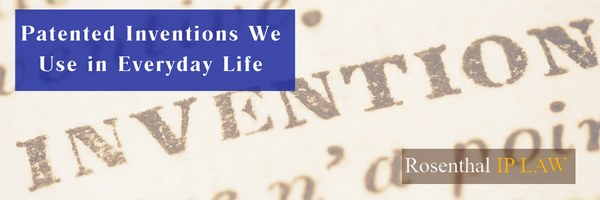The Trademarked Name Everyone Wanted

If you’re not in the business of helping individuals and companies follow trademark laws, the world can be quite a confusing place. You might have an idea for a great new company name and be tempted to follow your heart without checking to see if it has already been trademarked -- but could that get you in hot water?
After all, can someone ever find out you’re using their company or product name? And how bad would the repercussions be? One of the biggest services I provide my clients is protection and peace of mind.
What Happens When Your Great Idea Is Already Taken?
A while ago, a client came to me saying they had thought up this awesome name for their new company that they really liked and wanted to use. My first question to them was - is it already in use? But, they just wanted to use it and figured, how much trouble could it possibly cause? It was for an internet-based business they were creating. They were confident they would fly under the radar. I’m so glad the client came to me before they started using their “awesome” name.
In my research, I found a company (“Company A”), located across the country, that was in a very similar industry, already using the exact name. But still, the client felt this other business was insignificant and they would move forward – what could go wrong?
When Does a Conflict Cause Real Trouble?
I dug further and discovered that Company A not only had a local store on the other side of the country, but also sold their goods to visitors online across the country. It wasn’t like the client would be in contention with a local mom and pop establishment whose customers would never cross paths with my client’s new business. There was indeed a real potential for Company A to discover my client’s audacious use of their name.
I always want to protect my clients and help them avoid issues that would affect their success, so I counseled them (quite strongly) to come up with another great name. If they went against my professional advice and proceeded with the name they wanted, they would likely face resistance, resulting in loss of time and money spent arguing over the legal rights to use this name.
Think Before You Trademark: Getting it Right Avoids Expensive Headaches
This gave the client enough pause to not proceed right away, but to think it over with the partners. Then, about three months later, the client reached out thanking me profusely for my advice and telling me that they heard about a third company (Company B) in the same industry that started using the same name (yeah, it really was a great name). The client was initially upset that someone else could start using the name while I had urged them not to do so. But their anger turned to relief when they learned that Company B received a cease and desist letter from Company A.
Since Company B did not have the benefit of my advice, they had invested in the name all for naught, losing their investment.
So now I had a happy and thankful client who chose another name. We went through the process of ensuring this new name could legally belong to the company without fear of getting into legal trouble, and then we filed a federal trademark application to further protect their rights in the new name. This new name was accepted by the USPTO, and the client now has a registered trademark -- a name that they own.
Better Safe Than Sorry. Work With an Attorney for a Smooth Journey
Moral of the story: It's never safe to proceed with claiming ownership of a trademark without doing a clearance search. And there are so many twists and turns in the trademark space, that attempting to get a handle on it all yourself will take up a lot of your time without any guarantee that you won’t have missed a detail. You always want to work with an attorney who has your best interests at heart and will support you by helping you choose the safest option.
When you’re launching a business, you’re excited to move forward; no one wants to be told to stop and then toss everything and start again from scratch. Let’s get you started right way and with the confidence to move forward on solid ground.


